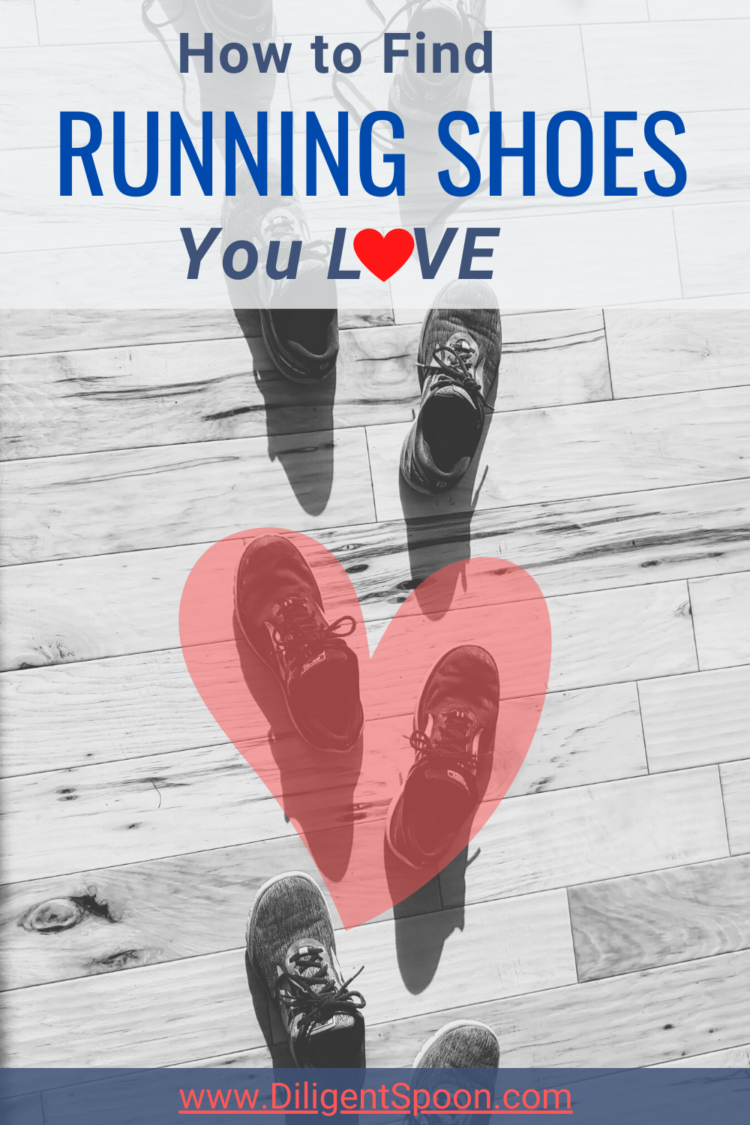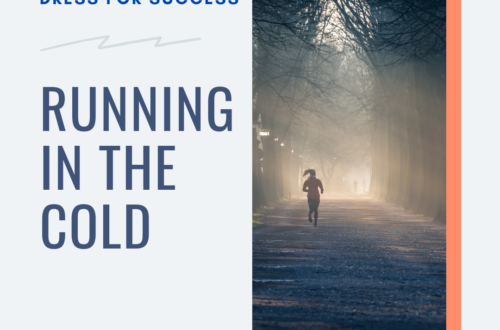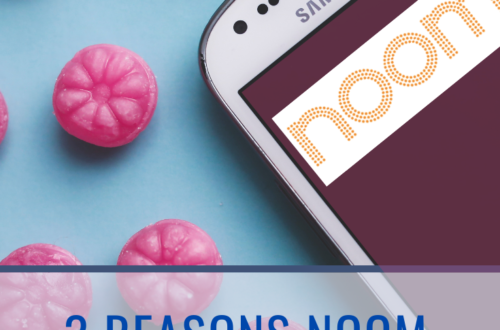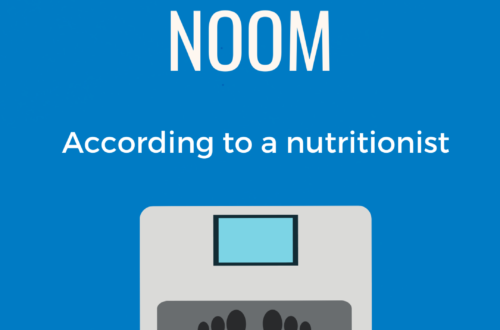
4 Simple Tips to Find Running Shoes You Love
Next year, runners will spend over $18 billion on running shoes. Last time I checked, Zappos had over 1400 models of running shoes – just for women.

Whether you’re ready to start running or have been doing it since Prefontaine, every runner needs shoes. It’s also true that whether your a beginner or veteran runner, there countless brands, models, and price levels for running shoes. With ever-developing materials and tech innovation built in to each pair, even OG runners can get distracted from what kind of shoe actually performs best for them.
Why Shoes are So Important
No matter how many miles you log, your shoes are the single most important thing keeping you from an injury. Those $100 (or more) kicks are protecting your joints, muscles, and bare feet from the repetitive pounding on the ground. The wrong (or just worn out) shoes may lead to chronic pain and injuries, which can end up costing way more than a new pair of shoes. So, it’s important to have good quality, well-fitting running shoes.
How I Know A Shoe is For Me
1. Wide Toe Box
Hands down, this is the number one item on my list. There is nothing worse than jogging to a mile or two to find that your pinky toe is going to be raw, or you will develop hammer toe, if you keep going.
When running, your toes will spread out in the shoe, so they need “room to grow” without rubbing irritatingly against the inside of the shoe. Even if a shoe feels roomy in the toe while walking, it could be a different story when you run and your toes splay out.
I always buy my running shoes 1/2 size larger than my other shoes, to give my toes plenty of room.

Take home: Pass on any running shoe that feels like it just might impede on your piggies at full splay.
2. Feels Good When I Jog In It
OK, this is totally subjective. What I mean by “feels good when I jog in it” is this: The shoes make my stride feel springier, there is no noticeable rubbing on my foot, heels stays in the heelbox, feet roll nicely from heel to toe, and feet feel cushioned and cradled.
Warning signs that the shoe doesn’t feel good include: heel slip, detectible lumps or rubbing on your foot, a hard or jarring landing, feeling flat-footed (hearing a “fwap” when you land).
Side Note: If you have no idea what type of shoe you need or want, I highly recommend going to a specialty running store. The staff at running stores are qualified to make suggestions based on your needs. The store will often have a treadmill for you to do “test runs” while someone watches your stride. Running shoe selection and pricing is usually amazing, so you get a lot of value for the time invested at a dedicated running store.
Take home: Wearing the shoe on a “test run” should feel nice and inspire you to run.

3. Made By Reputable Brand
If you are shopping at a running store, you can rest assured that they will only carry high-quality brands, and, furthermore, the best models of those brands.
Life sometimes dictates that we shop where convenient (or online). If you are new to buying shoes online, or buying running shoes, here are some quick guidelines for selecting and purchasing running shoes online:
- Don’t trust a pair of running shoes with a retail price of under $50. You will get what you pay for.
- Use Zappos or the shoe manufacturer for the best customer service experience. Chances are that you may need to exchange for another shoe or size, and Zappos and, eg, Brooks stand behind their products and service.
- Read reviews, keeping in mind your particular situation. For example, I have a narrow foot. If a few reviews complain that the shoe is too narrow through the mid-foot, I would still consider the shoe.
Take home: Go with a brand you know, or at least the expert at the running store knows.
4. Know the Return Policy
Many runners find things they don’t like about running shoes – but only after wearing them for five miles or so.
A lot of running stores have a very generous return policy – it is in their best interest to have repeat customers! Often, they will let you return shoes after you’ve worn them (as long as you run indoors). Some will even let you exchange within a set timeframe (maybe 30 days), even if you’ve worn them outside.
Big box and online retailers will likely have varying return policies. Check with you retailer before purchasing, to make sure you know what to expect.
Take home: It’s OK to try out and return a few pairs of shoes before you find your “forever” pair, just make sure you can do it, and do it in accordance with the retailer’s policy.
What I Wear
Confession: I have worn the same make and model of running shoes for about a decade. I wear the Brooks PureFlow, and it’s my perfect shoe. In fact, I would recommend it to anyone who wants a high-quality running shoe. The reasons it works well for me are:
- Wide toe box.
- Versatile – I wear it for treadmill and trail runs alike.
- Cushiony but responsive. The shoe cradles my foot in soft support, yet I still feel the connection to the ground.
- Lightweight at 7.5 oz.
- Low “drop” at 4mm. Drop refers to the difference in sole thickness between the heel and the forefoot.
- They are not ugly. I wear my retired running shoes as “street shoes”, so I appreciate that they look nice.

Even though I’ve bought the same shoes every few months for years, I still go into our local running store (shout out to FootZone!) at least once a year to try on other shoes.
In the end, only YOU know what works for You
These tips are something I wish I would have known when I was shopping for shoes 25 years ago! They still help me “weed out” shoes that definitely aren’t for me, and helped me find my perfect pair of running shoes.
I love running because it’s simple, can be done in small (or big) time chunks, and it’s inexpensive. There is an overwhelming number of shoe options, so I hope that this post helps you when choosing your next running shoes.
Please let me know what you think! What are your favorite running shoes? How do you like to shop and pick our your shoes?
References
“3 Things To Know When Shopping For Running Shoes.” Women’s Running, 11 Oct. 2018, www.womensrunning.com/gear/running-shoe-cheat-sheet.
“Global Running Footwear Market – Drivers and Forecasts by Technavio.” Business Wire, 16 Aug. 2017, www.businesswire.com/news/home/20170816005463/en/Global-Running-Footwear-Market—Drivers-Forecasts.
Vialette, Gregor. “Male Runners Spend $937 a Year, Female Runners 21% More.” Running Shoes Guru, 31 Mar. 2020, www.runningshoesguru.com/content/male-runners-spend-937-a-year-female-runners-21-more/.






One Comment
Pingback: